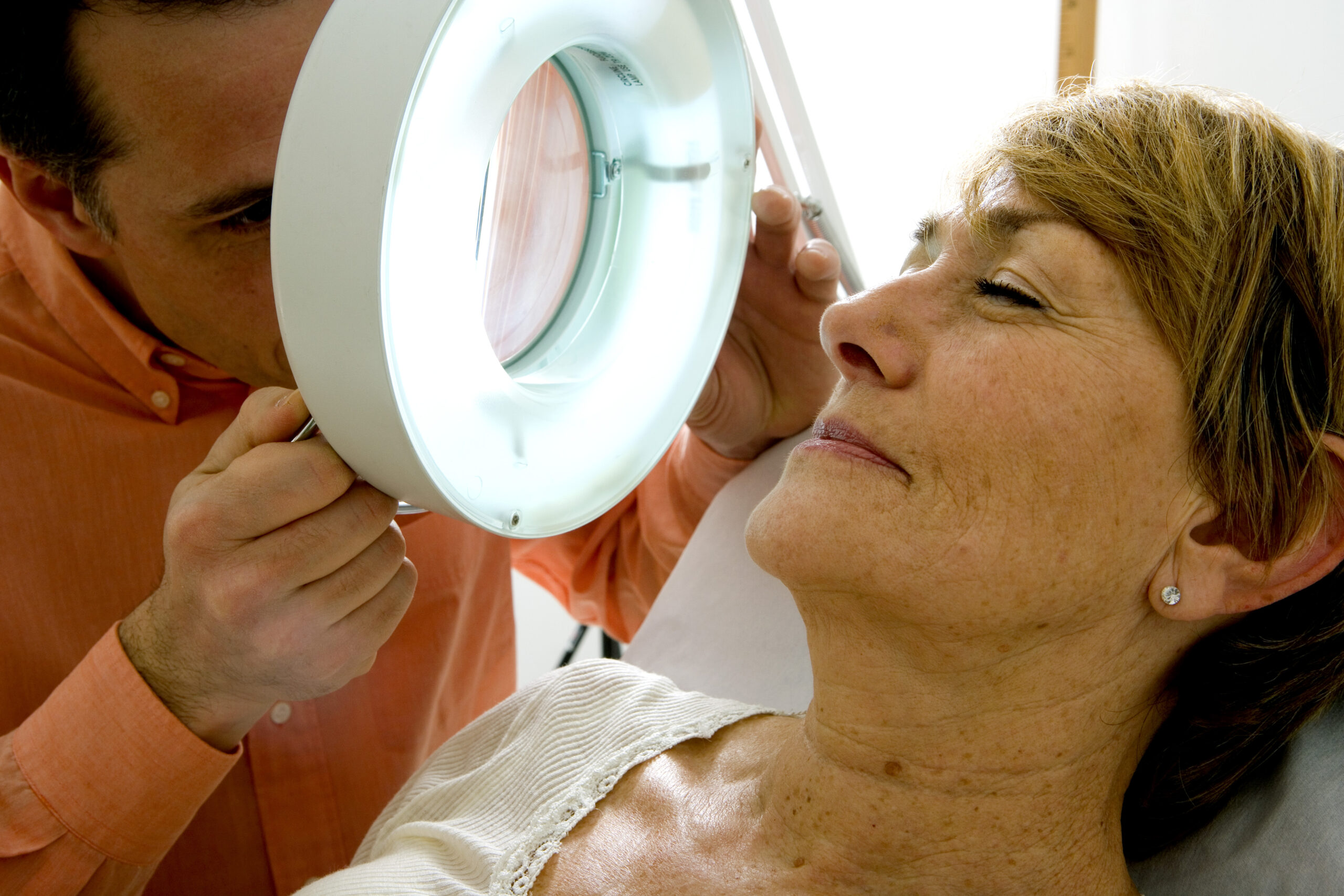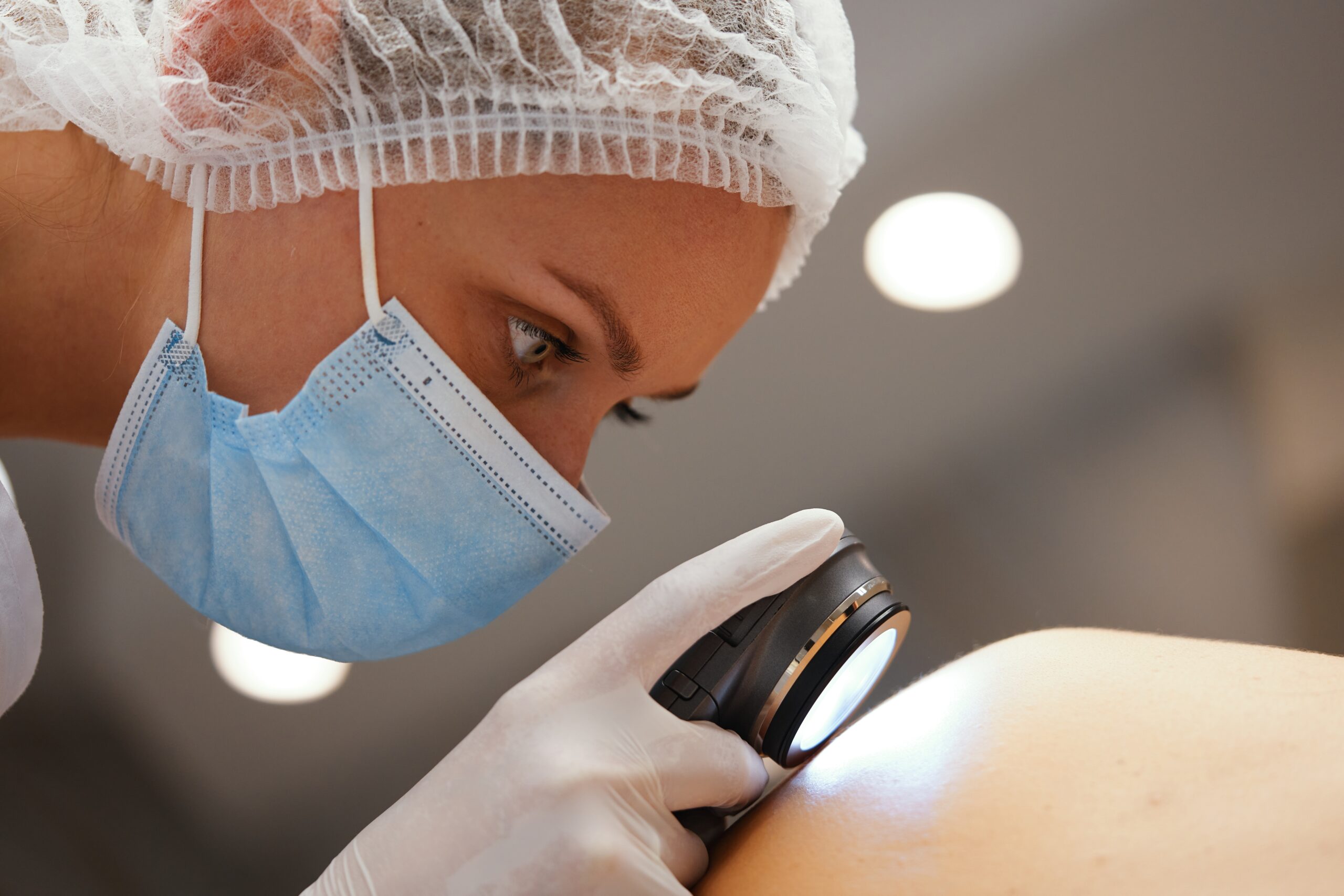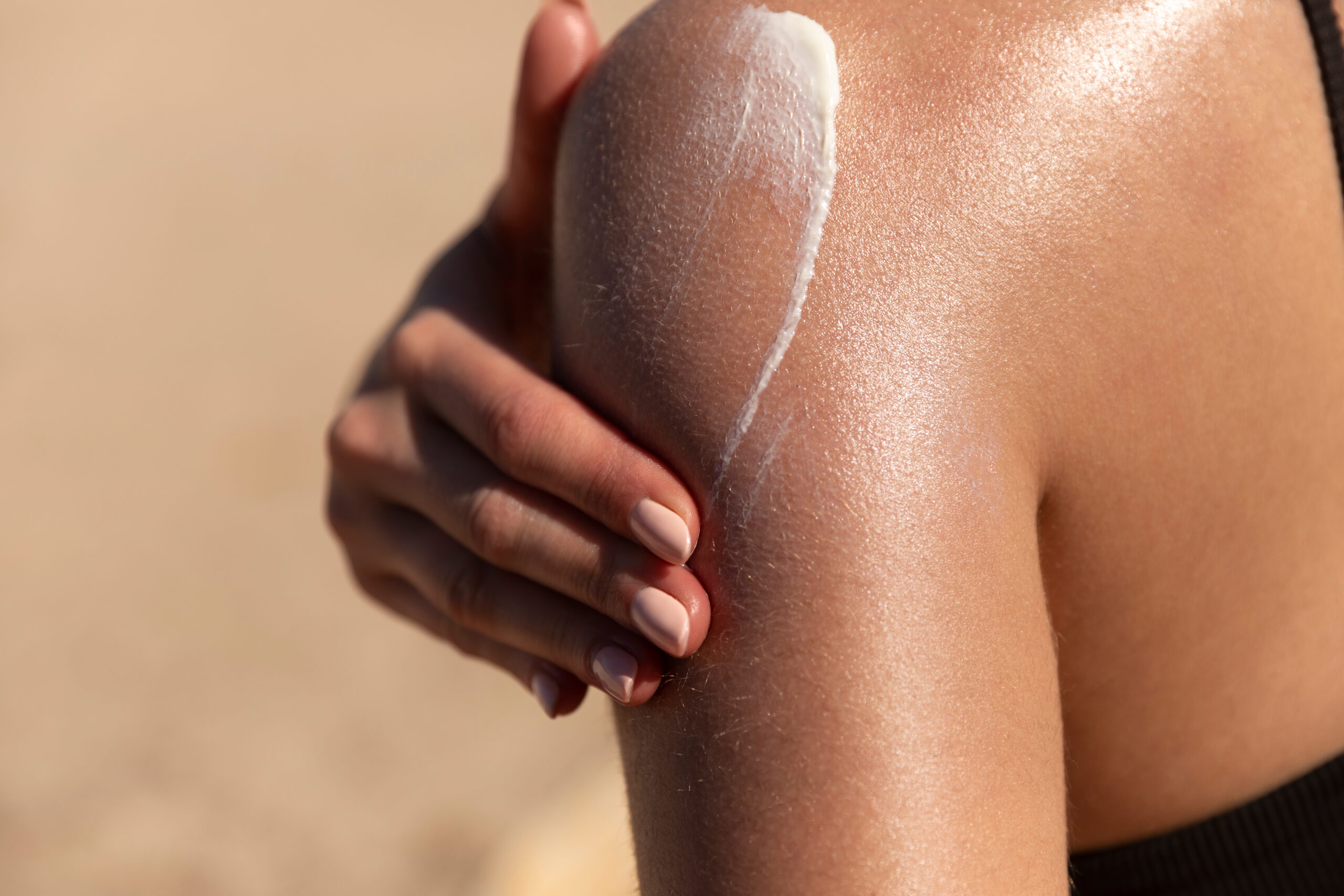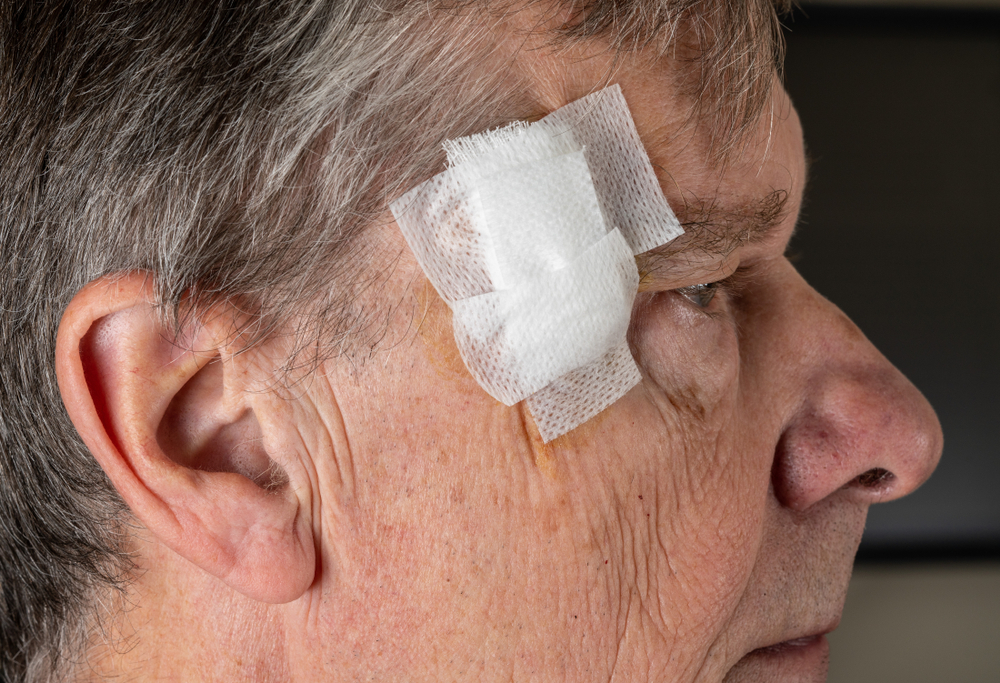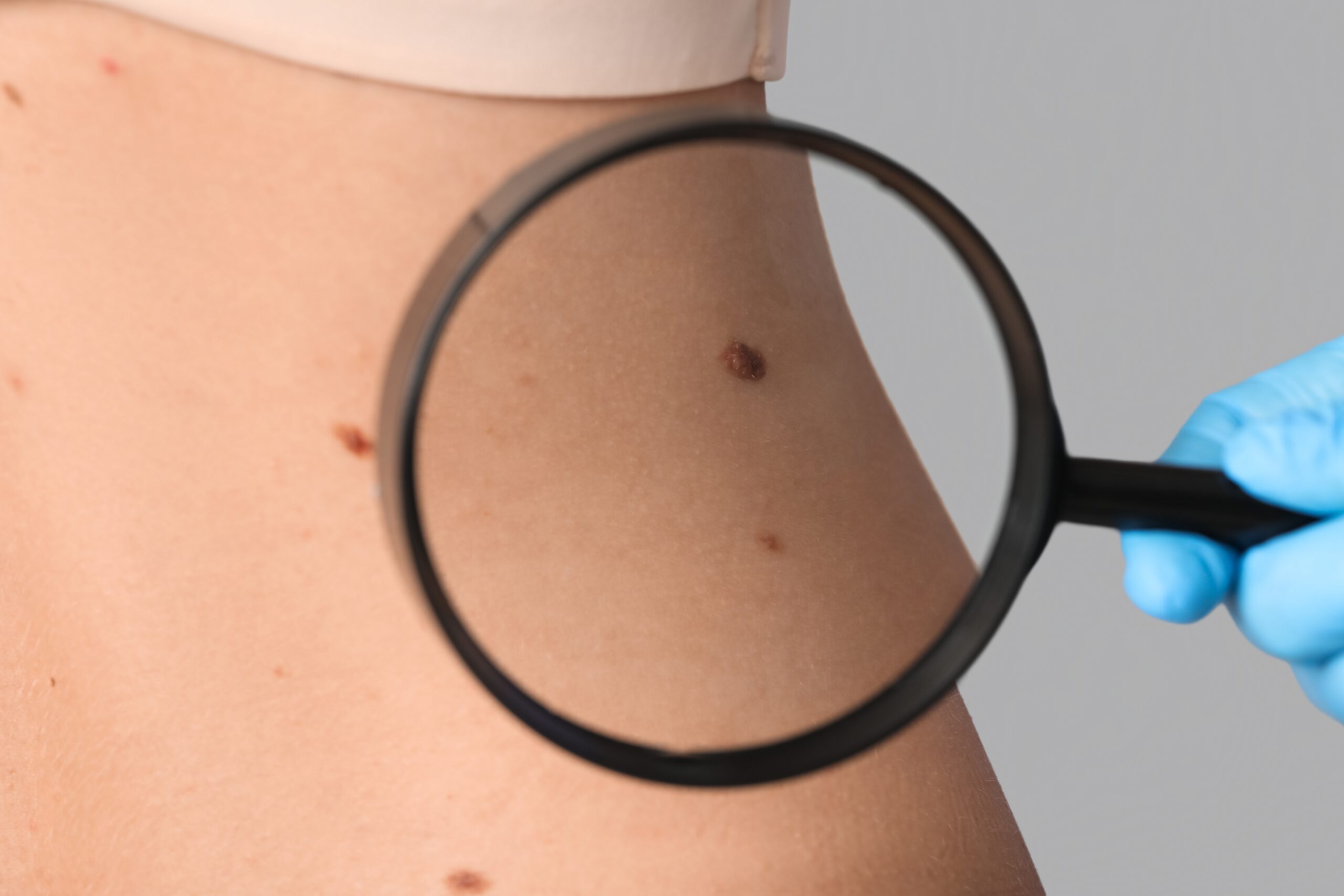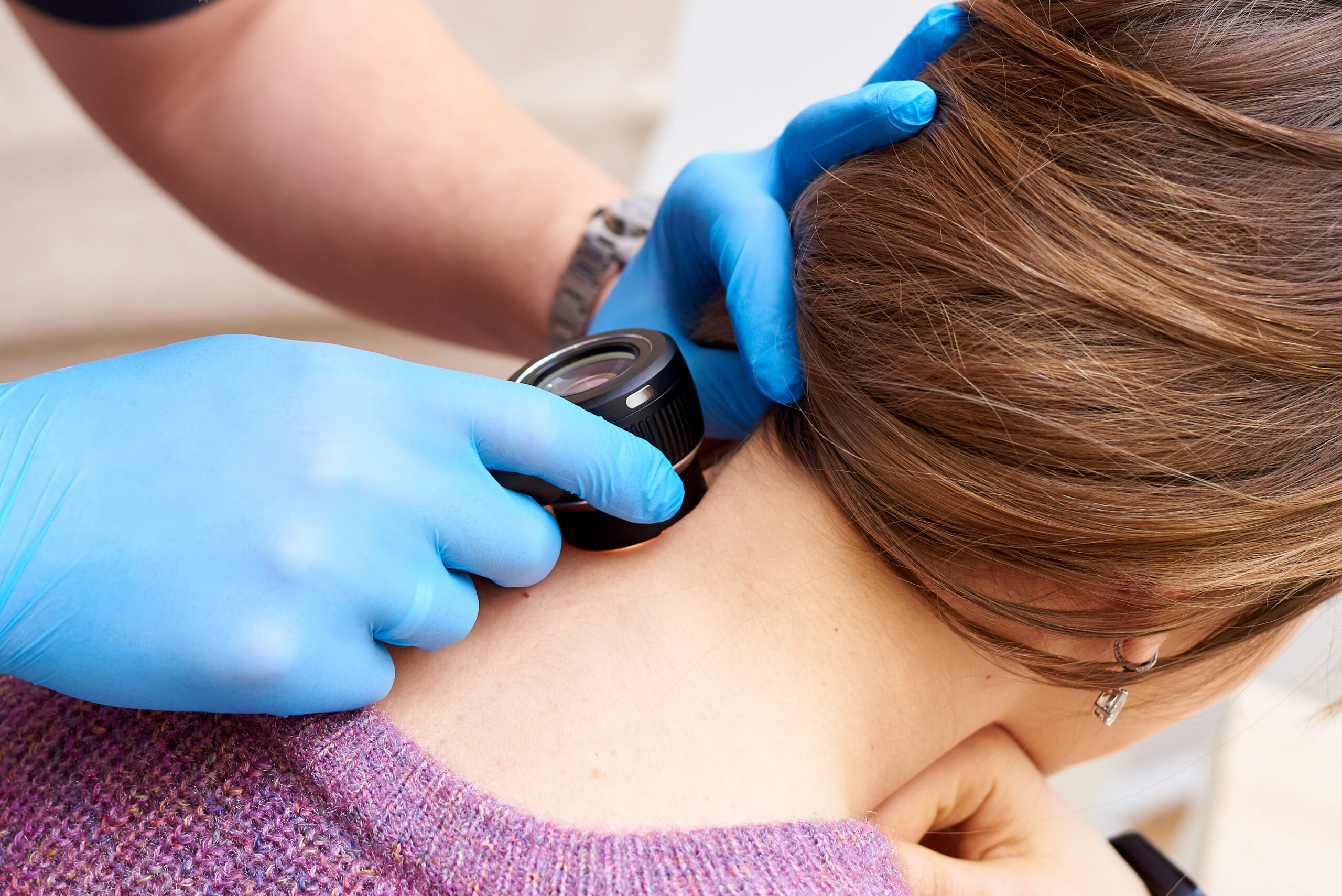Most Common Questions About Basal Cell Carcinoma
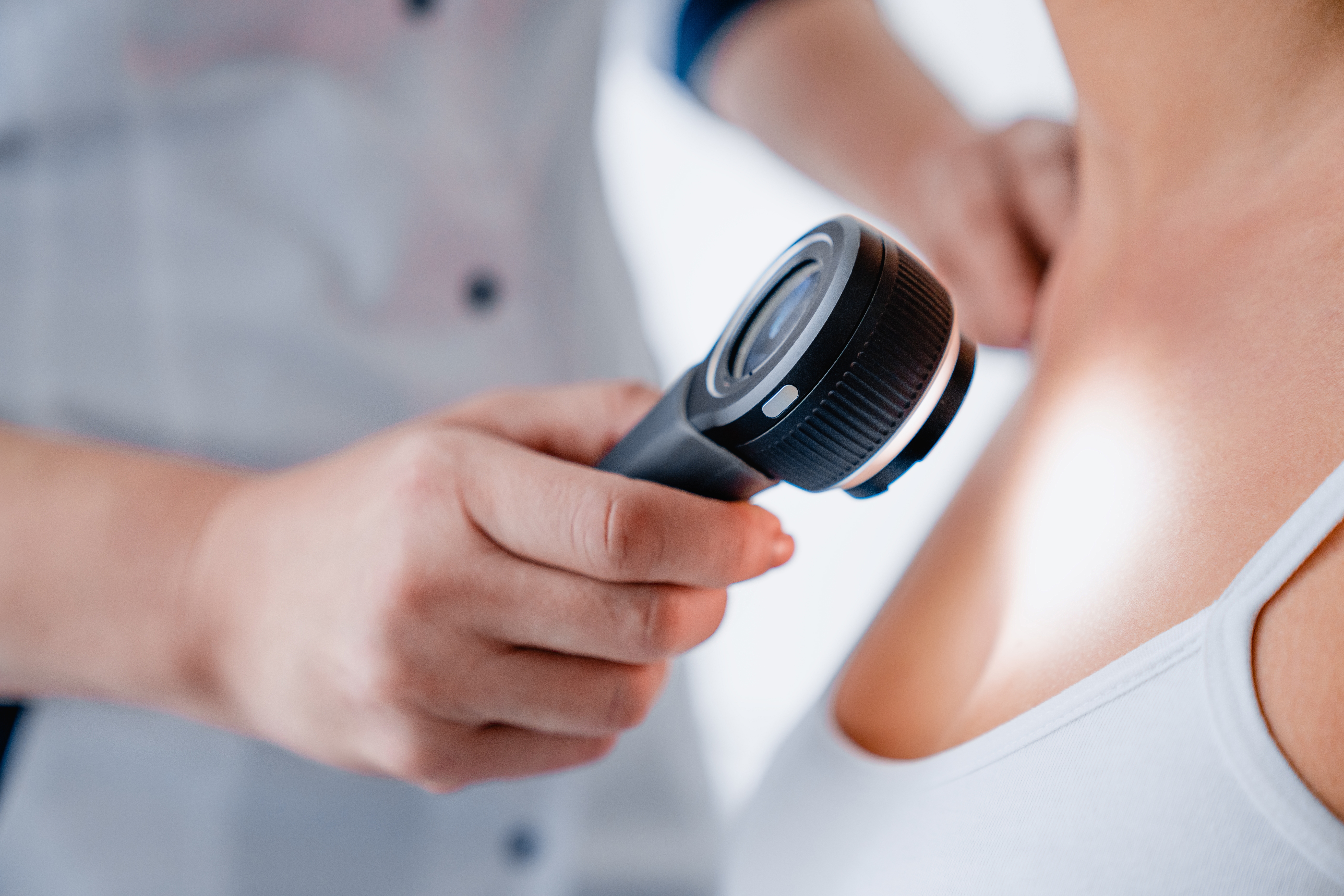
Skin cancer affects millions of Americans each year, with basal cell carcinoma (BCC) being the most frequently diagnosed type. While the term “carcinoma” can sound frightening, basal cell carcinoma is highly treatable when caught early and rarely spreads to other parts of the body. Keep reading to learn more about this common form of skin cancer and get answers to the most frequently asked questions about BCC.

